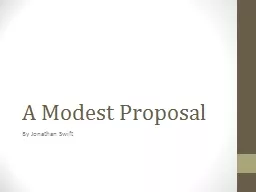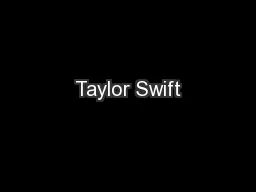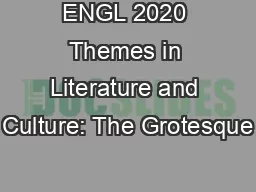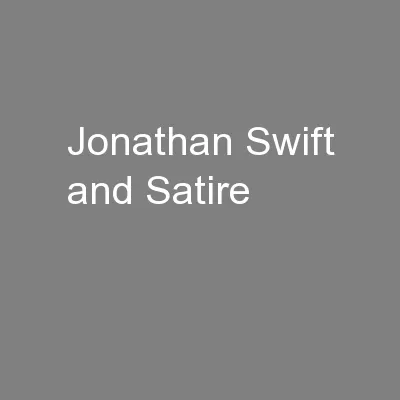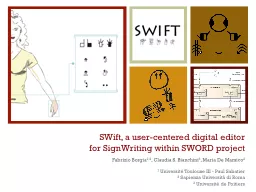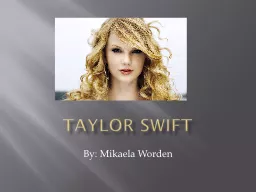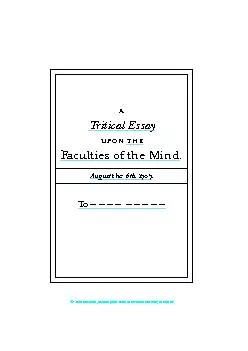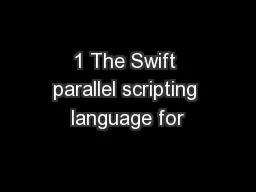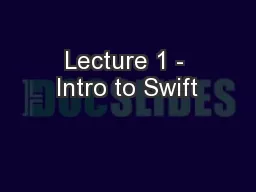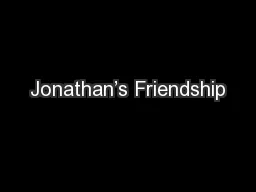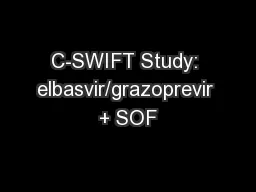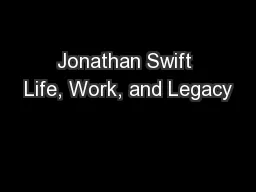PPT-A Modest Proposal By Jonathan Swift
Author : aaron | Published Date : 2020-01-06
A Modest Proposal By Jonathan Swift Industrial Revolution Provides Millions Of OutOfWork Children With Jobs After centuries of chronic unemployment millions of small
Presentation Embed Code
Download Presentation
Download Presentation The PPT/PDF document "A Modest Proposal By Jonathan Swift" is the property of its rightful owner. Permission is granted to download and print the materials on this website for personal, non-commercial use only, and to display it on your personal computer provided you do not modify the materials and that you retain all copyright notices contained in the materials. By downloading content from our website, you accept the terms of this agreement.
A Modest Proposal By Jonathan Swift: Transcript
Download Rules Of Document
"A Modest Proposal By Jonathan Swift"The content belongs to its owner. You may download and print it for personal use, without modification, and keep all copyright notices. By downloading, you agree to these terms.
Related Documents

